
Hat cua dinh is the most original form of ca tru, carrying the sound of spiritual culture when performed during festivals. This is also the form that faces the most difficulties in restoration due to social conditions, strict requirements of rules, and number of styles. But after a long period of efforts by researchers, ca nuong, ca dà đàn (musician), hat cua dinh have revived in community life.
Although not everyone understands ca tru, the communal house singing performance at La Phu communal house (Hoai Duc commune, Hanoi ) that day attracted a large audience. After a long period of disappearance, communal house singing has returned.
The return of the old singing form
In the sacred atmosphere of La Phu communal house, the elders lowered the “red envelopes” from the altar and gave them to the leaders of the communal house singing. In the red envelopes were words that the singers had to avoid singing out of place, lest they offend the holy house. The drums and incense were played to begin the singing, then the singers offered incense to the tutelary god. Every word and every action was respectful and solemn.
Thet Nhac (the opening song for the communal house singing) is performed by the female singers and the actors in a standing position, showing the solemnity of the worship singing and also the way to end the "first stage". In the next stage, the female singers and the actors sit on flower mats to pronounce words and sentences with the crisp sound of clappers and the deep, dull sound of the stone zither resounding with "tung, dênh" sounds...
A series of ancient ca tru styles are performed by the female singers and actors such as: Backing song, Talking song, Sending letter, Lullaby - singing lullaby... with ancient lyrics: Giving birth to a son for studying, Trang An nostalgia, Thien thai... But the most anticipated part is the part about Thanh Hoang La Phu. This is a characteristic of singing at the communal house, when in the singing session there is a song praising the saint. More specifically, this ca tru poem was composed by the people of La Phu village. At the end of the session, the female singers and actors pay their respects to Thanh Hoang in the joy of the community.
To have such a singing performance, we have to go back to the story of decades ago. The form that many people know about ca tru is the singing in the communal houses. But singing at communal houses is the most classical form, which was only used in ceremonies.
Researcher Bui Trong Hien painstakingly researched and restored the communal house singing. The “key” to the restoration process at that time was the late artist Nguyen Phu De - the musician who performed communal house singing more than half a century earlier.
Researcher Bui Trong Hien and the Hai Phong Ca Tru Club successfully restored communal house singing for the first time in 2015. Next, he researched and transformed ca tru from oral teaching to a systematic musical system, the "textbook" system of ca tru, and continued the journey of restoring communal house singing for the "new generation" of singers and actors.
The singers and performers who participated in the process of restoring communal house singing that year included singer Kim Ngoc, Thuy Linh... Dinh Hoang's musician. They were promising singers and performers, with "background" being taught by artists Nguyen Phu De, Nguyen Thi Chuc and many other famous artists. Researcher Bui Trong Hien helped them standardize and guide them to practice proficiently the communal house singing process, with the rituals and manners included in the singing.
The trio Kim Ngoc, Thuy Linh, and Dinh Hoang performed a report on the results of the restoration of communal house singing at the Vietnam National Institute of Culture and Arts in 2017. Now, they are at their "mature" age and are the choirmasters and main actors of many Ca Tru Clubs.
If you sing for fun, you only need a few actors or actresses to perform the whole show, but singing at the communal house includes many styles, including classical, highly technical styles that require elaborate training that a club can hardly perform...
Singer Kim Ngoc is the leader of the communal house singing show at La Phu communal house on the day the villagers received the Certificate of La Phu communal house Festival as a National Intangible Cultural Heritage. Kim Ngoc said: “If you sing for fun, you only need a few actors and actresses to perform the whole show, but communal house singing includes many styles, some are classical and highly technical, requiring a meticulous training process that is difficult for a club to perform. We gathered actors and actresses from Ca Tru Clubs: Long Thanh, Phu Thi, Thang Long and some guests; at the same time, we organized practice to be able to perform skillfully, from the rituals to the way of performing each style. However, when we return to the original Ca Tru, it is something we are very proud of.”
A living space for ca tru
In the ancient North, singing Ca Tru to honor the Saints and the tutelary gods during festivals and ceremonies was a popular form of spiritual cultural activity; similar to some forms of folk performances such as Quan Ho, Xoan singing... when performing worship singing rituals. Through historical events, many festivals were not held for decades, and communal house singing also "sank" with them. When the festival was revived, communal house singing was still largely forgotten.
Many elders still remember the old days when their hometown festivals used to hold singing at the communal house, but they no longer know how it was organized, nor which guild could take “responsibility”. This also happens with the La Phu festival. In recent years, every time there is a festival, the elders invite clubs and guilds to perform. However, it is not possible to fully implement the standards of a communal house singing.
The wish of the village elders for many years is to find the cultural beauty of the old festival. I discussed this issue with them and they unanimously agreed to invite the singers and musicians to organize a singing performance at the communal house gate on the happy day of the villagers.
The author of the poem praising Thanh Hoang La Phu performed in the singing is Nguyen Quang Phuong, a lecturer at Hanoi University of Culture, an expert in ancient studies. He is the one who contributed to making the desire to find the singing at the communal house gate of the village elders come true: “During my work, I learned that the singing at the communal house gate had been successfully restored many years ago with talented singers and actors. The wish of the village elders for many years now is to find the cultural beauty of the ancient festival. I discussed this issue with the elders and they unanimously agreed to invite the singers and actors to organize the singing at the communal house gate on the happy day of the villagers”.
With this organization, the communal house singing is not only "performed" but also "lived" again in today's life. Singer Hoang Khoa traveled more than 100 km from Hai Phong to participate in the singing. He said: "Ca tru exists in many different forms, but communal house singing is the most complicated and difficult. According to the ancients, communal house singing was only for "old" actors and actresses. For those of us who have been in the "profession" of ca tru for a long time, participating in a communal house singing in a spiritual space is a great honor."
Ca Tru has gone through many ups and downs. However, the recent Hanoi Ca Tru Festival attracted 21 clubs and groups of artists with 105 individual performances. This shows a strong revival.
From that foundation, communal house singing - the crystallization of ca tru - is gradually returning to communal houses and temples thanks to the efforts of local authorities and some ca tru clubs and groups.
Managers strongly support this. Deputy Head of the Heritage Management Department (Hanoi Department of Culture and Sports ) Bui Thi Huong Thuy said: “We strongly support localities in organizing communal house singing sessions during festivals and holidays. This is not only to restore the cultural traditions of many localities but also to create a performance space for ca tru artists. Having a “place” to perform is the basis for ca tru to exist most sustainably in life.”
Source: https://nhandan.vn/hoi-sinh-canh-hat-cua-dinh-post925326.html




![[Photo] Prime Minister concludes trip to attend G20 Summit in South Africa](/_next/image?url=https%3A%2F%2Fvphoto.vietnam.vn%2Fthumb%2F1200x675%2Fvietnam%2Fresource%2FIMAGE%2F2025%2F11%2F24%2F1763944494358_vna-potal-thu-tuong-ket-thuc-chuyen-tham-du-hoi-nghi-thuong-dinh-g20-tai-nam-phi-8428321-4810-jpg.webp&w=3840&q=75)






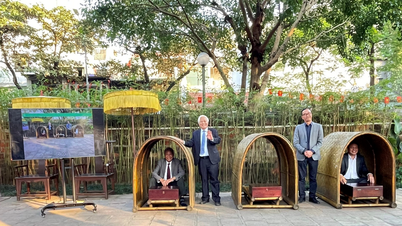


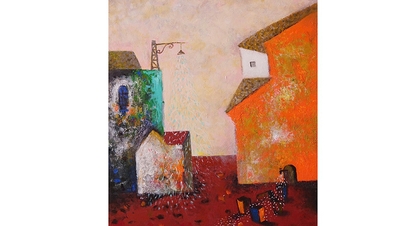








![[Photo] Prime Minister concludes trip to attend G20 Summit in South Africa](https://vphoto.vietnam.vn/thumb/402x226/vietnam/resource/IMAGE/2025/11/24/1763944494358_vna-potal-thu-tuong-ket-thuc-chuyen-tham-du-hoi-nghi-thuong-dinh-g20-tai-nam-phi-8428321-4810-jpg.webp)


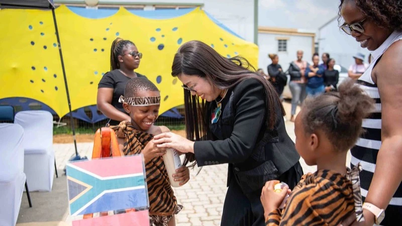





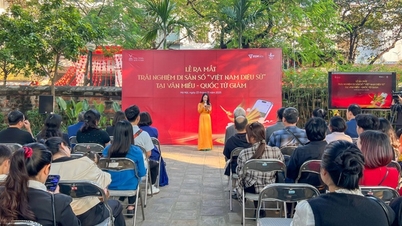

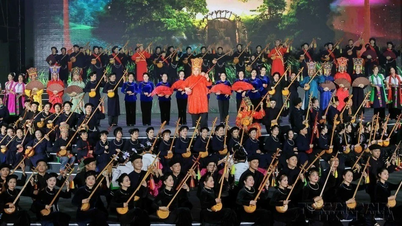

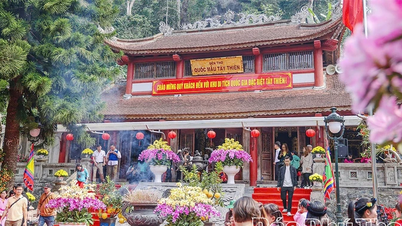



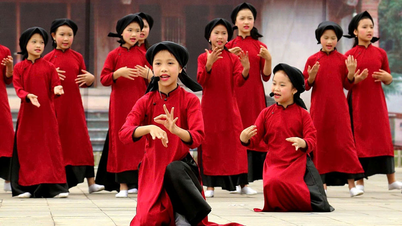
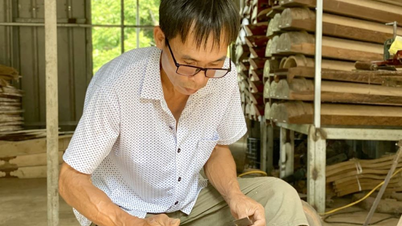

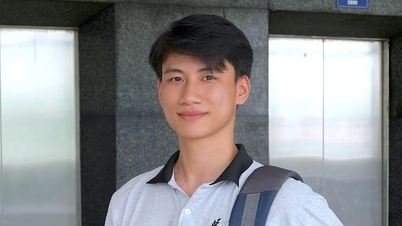





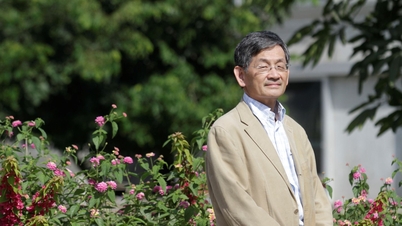



















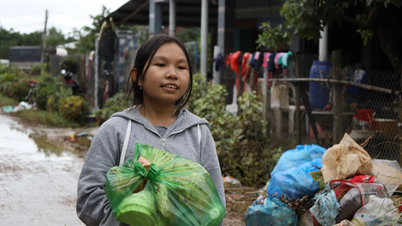



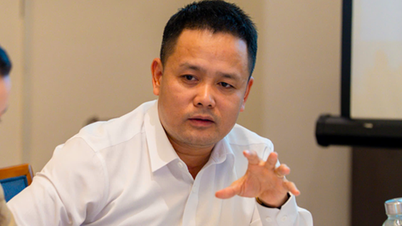

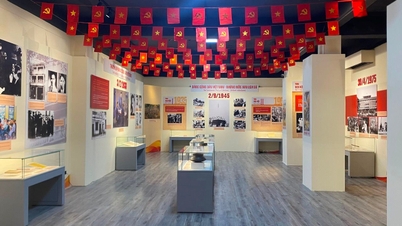

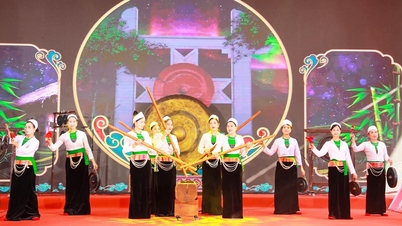







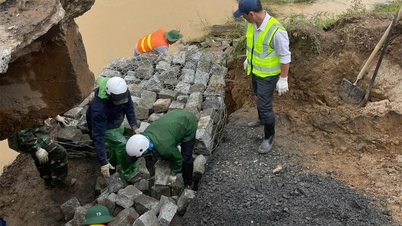

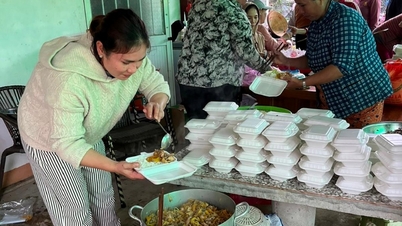










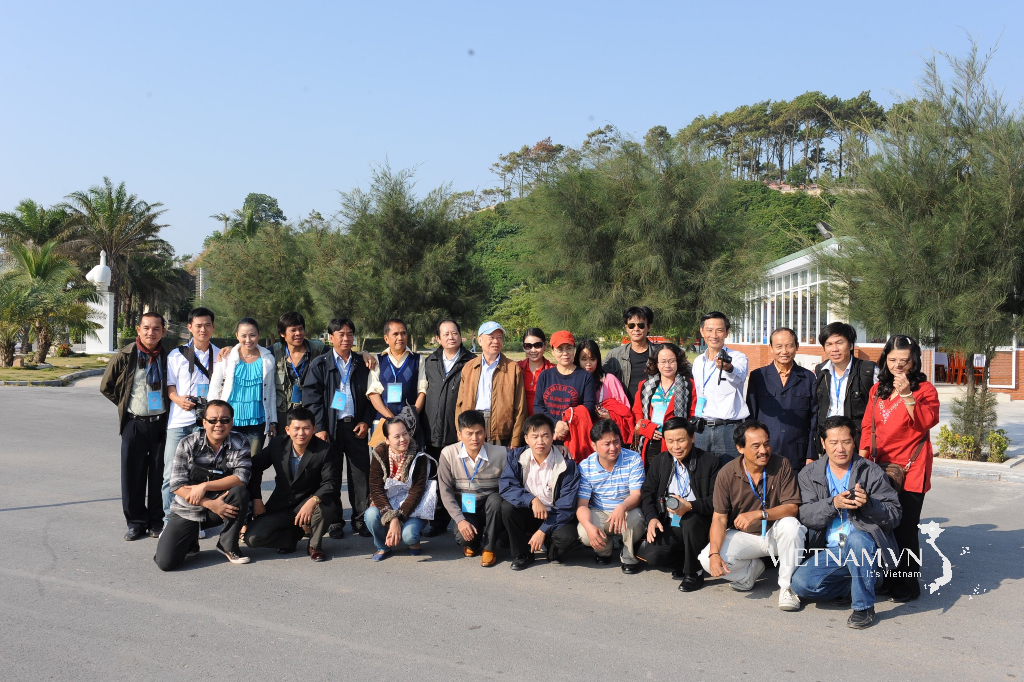
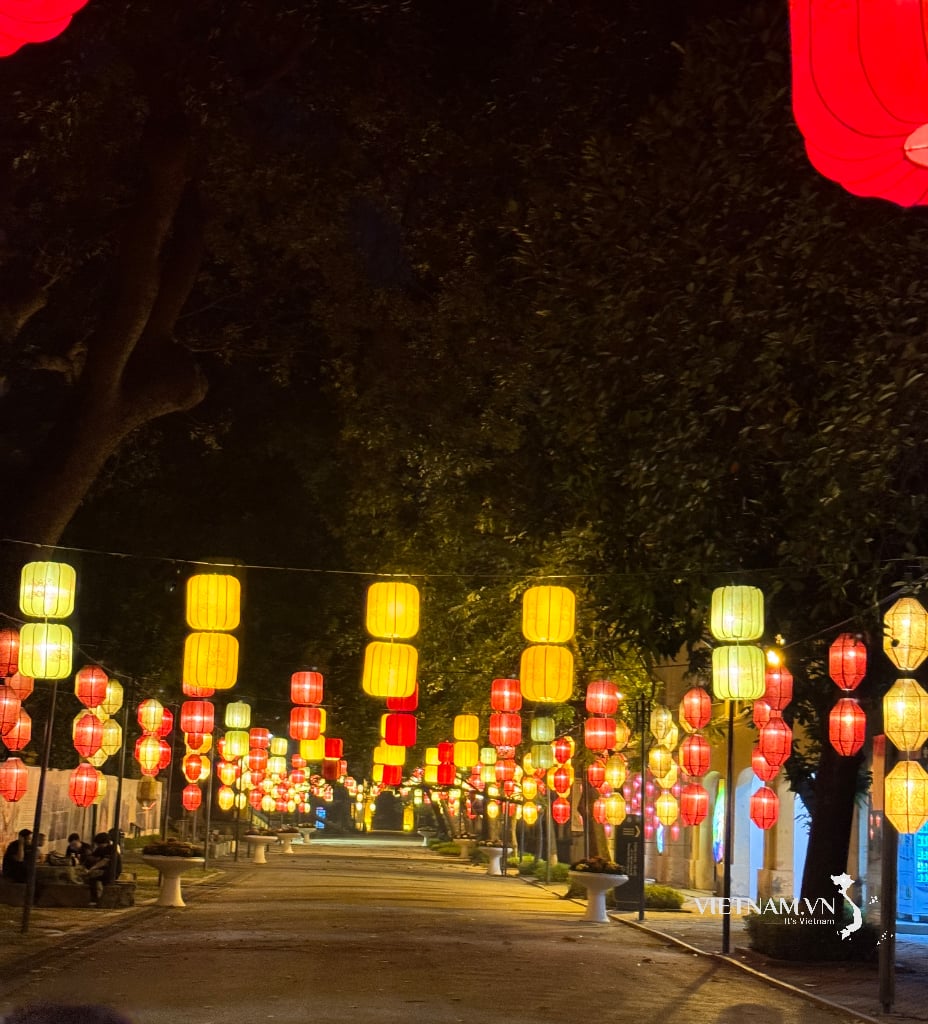


Comment (0)